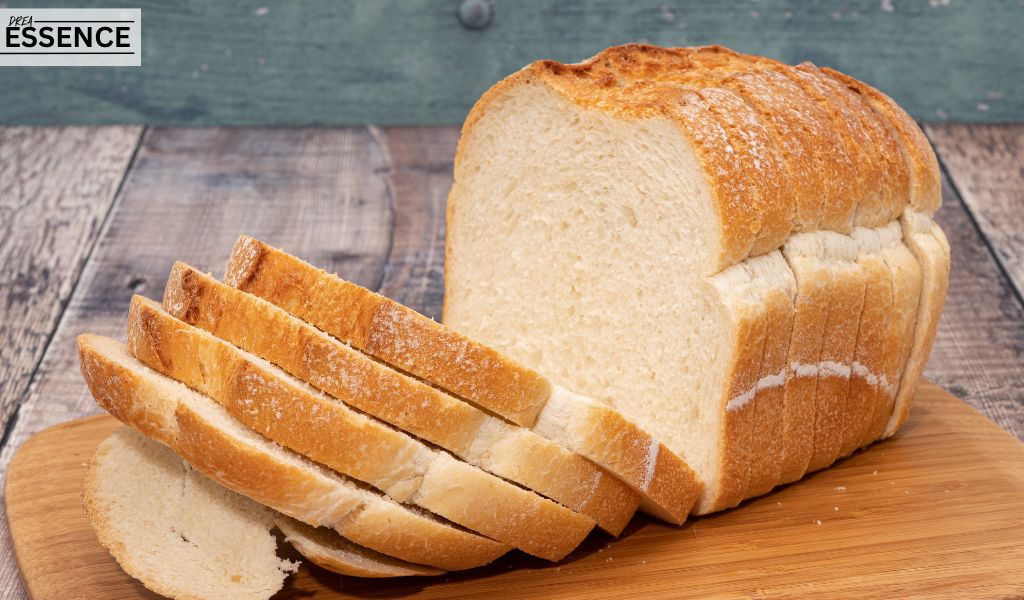In This Post
Making homemade bread is easier than you might think, and the results are well worth the effort. There’s nothing like the smell of freshly baked bread filling your home! With just a few ingredients and some patience for rising, you’ll be able to enjoy a loaf that’s golden on the outside, soft and fluffy on the inside. Whether you’re a beginner or experienced in the kitchen, this simple bread recipe is perfect for anyone.
Ingredients:
- 3 cups all-purpose flour (plus extra for dusting)
- 1 packet active dry yeast (2 ¼ teaspoons)
- 1 tablespoon sugar
- 1 teaspoon salt
- 1 cup warm water (around 110°F/45°C, not too hot)
- 2 tablespoons vegetable oil (or melted butter)
Tools Needed:
- Large mixing bowl
- Whisk or spoon
- Clean kitchen towel
- Bread loaf pan (optional)
- Oven
Step-by-Step Instructions:
1. Activate the Yeast
The first step to making your bread is activating the yeast. This process helps the dough rise and gives your bread its soft, fluffy texture.
- In a large bowl, combine the warm water, sugar, and active dry yeast. Stir gently and let it sit for 5-10 minutes. The mixture should start to foam and bubble, which means the yeast is active. If there are no bubbles, the water may have been too hot or too cold, so you might need to try again.
2. Mix the Dough
Once the yeast is bubbly, add in the flour, salt, and oil (or melted butter). Mix everything together with a spoon until a rough dough starts to form. If it’s too sticky, you can add a bit more flour, one tablespoon at a time, until the dough holds together.
3. Knead the Dough
Turn the dough out onto a clean, lightly floured surface. Start kneading the dough by pushing it down with the heel of your hand, folding it over, and repeating. Knead for about 8-10 minutes until the dough becomes smooth, elastic, and less sticky. Proper kneading helps the dough develop gluten, which gives the bread its chewy texture.
4. First Rise
Shape the dough into a ball and place it in a lightly greased bowl. Cover the bowl with a clean kitchen towel and let the dough rise in a warm spot for 1-2 hours, or until it has doubled in size. This is called “proofing.” The dough should feel soft and airy when it’s ready.
5. Shape the Dough
Once the dough has risen, punch it down gently to release the air. Turn it out onto a floured surface and knead it briefly to smooth it out. Then, shape it into a loaf by folding the sides toward the center and rolling it tightly.
- If you’re using a loaf pan, grease the pan lightly and place the shaped dough inside. If not, you can simply place the dough on a baking sheet lined with parchment paper for a more rustic, free-form loaf.
6. Second Rise
Cover the shaped dough again with a towel and let it rise for another 30-45 minutes. It should rise and become puffy, ready to bake.
7. Preheat the Oven
While the dough is finishing its second rise, preheat your oven to 375°F (190°C).
8. Bake the Bread
Once the dough has risen, place it in the preheated oven. Bake for 25-30 minutes, or until the top is golden brown and the bread sounds hollow when tapped. You can also use a thermometer to check the internal temperature, which should be around 190°F (88°C) when fully baked.
9. Cool the Bread
Once the bread is done, remove it from the oven and let it cool in the pan for about 10 minutes. Then, transfer the loaf to a wire rack to cool completely. Letting the bread cool fully helps it set and makes slicing easier.
Tips for Perfect Bread:
- Proper yeast activation: Make sure your water is warm but not hot. If the water is too hot, it can kill the yeast.
- Be patient with rising: Good bread takes time. Let the dough rise fully during both the first and second rises for the best texture.
- Add-ins: You can customize your bread by adding herbs, garlic, or cheese for savory flavors, or cinnamon and raisins for a sweet variation.
Enjoy Your Homemade Bread!
Once your bread has cooled, slice into it and enjoy! Spread some butter on a warm slice, make sandwiches, or use it for toast. There’s nothing like the satisfaction of enjoying freshly baked homemade bread, especially when it’s made with your own hands.
Enjoy baking!

